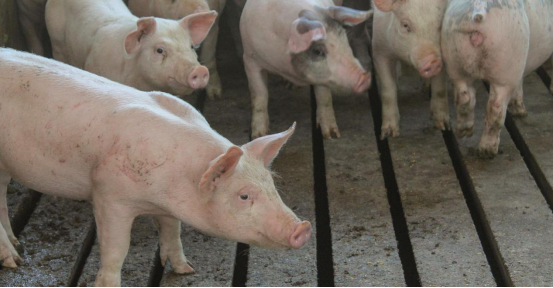Where will the bullish news come from
Dennis W. Smith | Aug 10, 2020Lean hog futures finished the first week of August on a sharp rally with most contracts testing the July highs in quick fashion. Prices have soared though and above key moving averages such as the 40-day and 50-day smooth moving averages. Thus, does this action represent a technical upside breakout? In my opinion, not likely.
It's far more likely this "action" is a test of the upper end of the range of trade. Based on the October contract, a test of the June highs, or $55.00, should be used for hedging purposes. Frankly, from a fundamental perspective, approaching fall, I'm just not seeing any fundamental news that will likely sponsor a meaningful rally in hog prices.
The June Hogs and Pigs Report was a damaging report from the perspective of supply moving forward. Simply put, there's no reason, from the purely supply standpoint, to get excited about lean hog futures prices. The industry appears bent on challenging demand with continued record large production. The cumulative failure of the industry to liquidate large numbers of sows during the carnage that occurred last spring was startling. So, supply is set and supply will be large, record large.
The average weekly hog slaughter in September of 2019 was 2.634 million head. This year, one can expect a 3% larger kill, making the September 2020 weekly kill average in excess of 2.7 million pigs. The weekly average during October 2019 was 2.697 million. Thus, anticipating 3% more pigs this year, the weekly average kill during October will approach 2.8 million hogs. Experiencing a lasting and meaningful rally in hog prices in the face of this level of production is extremely unlikely.

From a demand standpoint, exports continue to rip as the Chinese have become our largest buyer on a consistent basis. This business has been everything we hoped and everything we predicted it would be. What's not happened as predicted, was a rising and up trending hog market in the face of such exports.
June pork exports were down slightly compared to last year. This is the first month of slower exports this year. This slowdown in export business was expected in the wake of the surge in wholesale prices that occurred in May as slaughter operations were disrupted due to COVID-19. In the January through June period, pork exports surged higher by 24% compared to the first six months of 2019. Pork muscle cut exports equaled 28% of production compared to 22% last year. In June, pork exports to China were up 55%. However, this also represented the slowest pace of buying by China going back to October.
The pork industry should be very concerned as relations between the U.S. and China continue to worsen daily. Currently the Chinese need U.S. pork. Someday, perhaps not for 12 months, maybe not for 24 months, but someday they'll no longer need U.S. pork and then, without notice, Chinese pork imports will become a political tool, a leverage button. If the industry is still expanding production at this point, disaster awaits.
From:https://www.nationalhogfarmer.com/marketing/where-will-bullish-news-come







